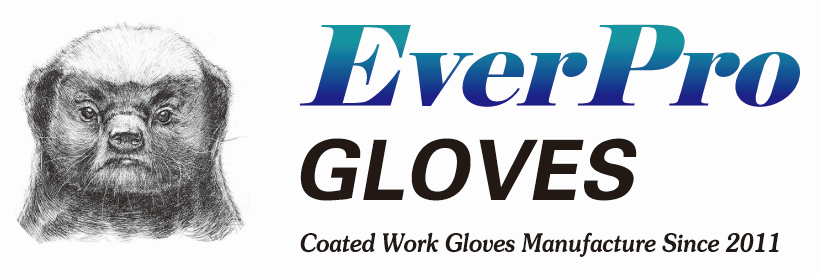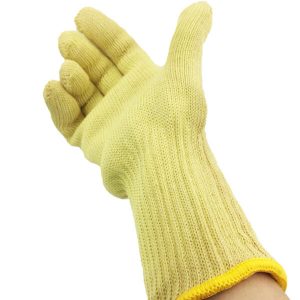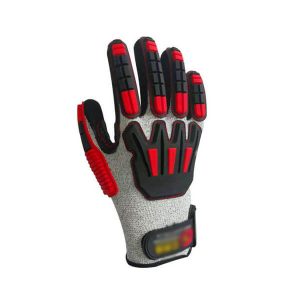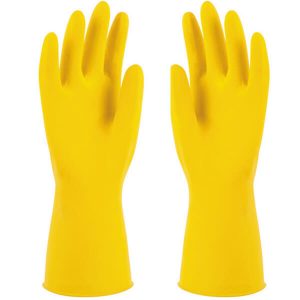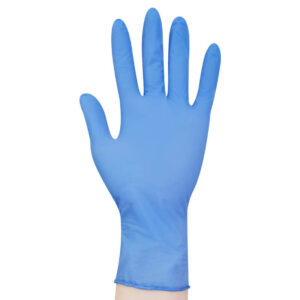What is PPE?
PPE, The full name is Personal Protective Equipment, refers to the personal protective equipment provided to protect workers from accidents and occupational hazards during the labour production process, which directly protects the human body. The types of personal protective equipment can be divided into Head protection equipment, Face protection equipment, Eye protection equipment, Respiratory protection equipment, Ear protection equipment, Hand protection equipment, Foot protection equipment, Body protection equipment, etc.
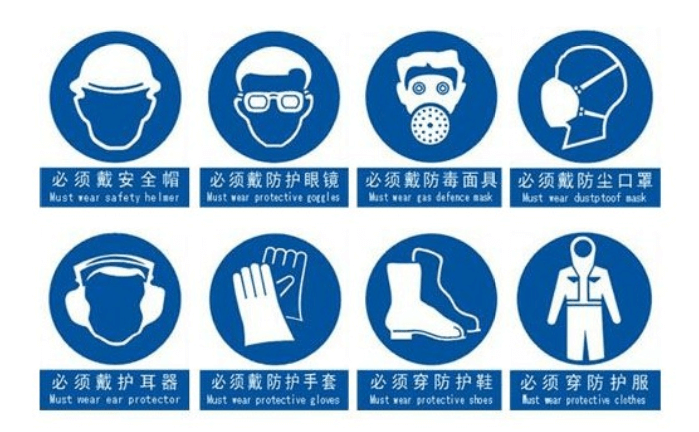
Personal protective equipment (PPE)mainly includes the following:
Head Protection-PPE
Head protection is to stop the head injury caused by falling from a height of 2m~3m or more, as well as the head injury in daily work. The main products are safety helmets and safety helmets. According to the material, it is divided into FRP helmets, ABS helmets, and PE helmets.
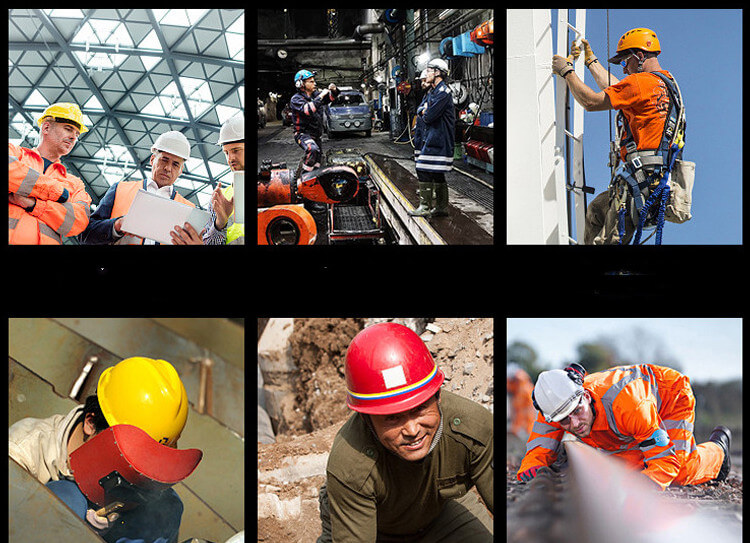
Respiratory Protection-PPE
Mainly divided into two categories: filter type and isolated type
Filter-type respiratory protective equipment is a type of respiratory protective equipment that uses filter materials to filter out toxic and harmful substances in the air and converts polluted air into clean air for people to breathe based on the principle of filtration and absorption. Such as dust masks, gas masks and filter gas masks.
Isolated respiratory protective equipment is based on the principle of isolation to isolate people’s respiratory organs, eyes, and face from the polluted air from the outside world. They rely on their air source or use air ducts to introduce clean air outside the contaminated environment to supply air. Guarantee personnel’s normal breathing and respiratory protective equipment, also known as isolation gas masks, oxygen-generating gas masks, long-tube respirators, and diving masks.

Eye Protection
It is used to protect the eyes and face of operators and prevent external injuries. Matter particles and debris, sparks and heat flow, dazzling light and smoke can all cause damage to the eyes. Common eye protection products are divided into welding protective glasses, furnace protective glasses, anti-impact protective glasses, microwave protective glasses, laser protective glasses, and anti-X-ray, chemical, and dust-proof protective glasses.
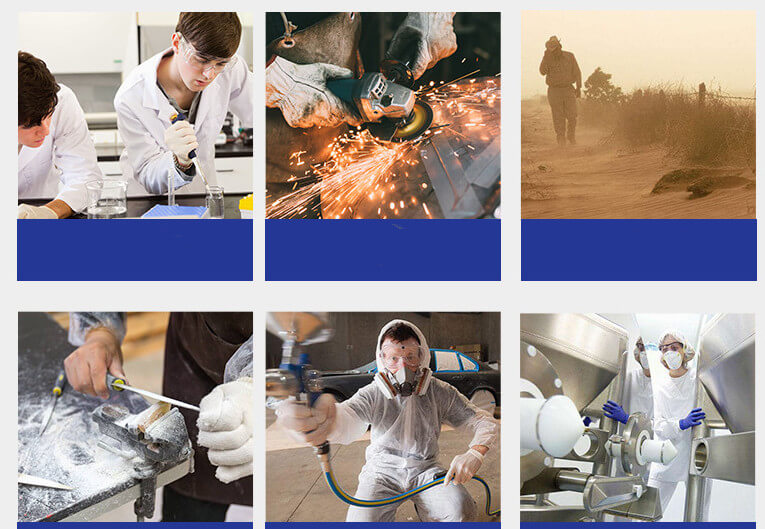
Hearing protection
It refers to the protection against injuries suffered when working in an environment of over 90dB(A) for a long time or over 115dB(A) for a short time.
There are three types of hearing protection: earplugs, earmuffs and headgear.
Hearing protection products include low-pressure foaming earplugs with wire, pagoda earplugs with wire, earplugs with wire, Christmas tree earplugs, Christmas tree earplugs with wire, wire earplugs, economical helmet-mounted earmuffs, lightweight Earmuffs, pagoda-shaped earplugs with wire, and protective earmuffs.
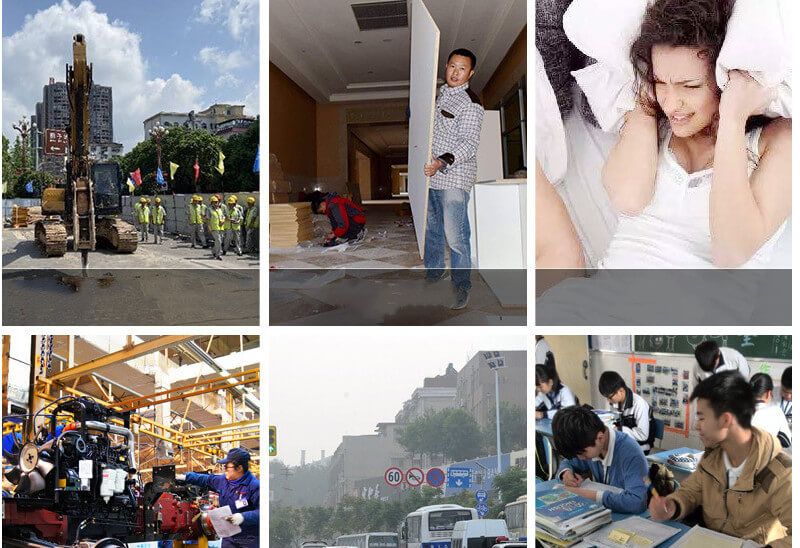
Foot Protection
Foot protection refers to protecting the feet from injury during work. Foot protection products are protective gears to prevent harmful substances and energy from damaging the feet of workers during the production process. They are usually called labour protection shoes (safety shoes). National standards are divided into dust-proof shoes, waterproof shoes, cold-proof shoes, impact-proof shoes, anti-static shoes, high-temperature shoes, acid-base shoes, oil-proof shoes, high-temperature shoes, non-slip shoes, puncture-proof shoes, electric Insulated shoes, etc.

Hand Protection
Hand protection refers to the protection of hands from injury during work, mainly including acid and alkali-resistant gloves, electrical insulation sleeves, welding gloves, high-temperature resistant gloves, cut-resistant gloves, nitrile-coated gloves, latex-coated gloves, PU-coated gloves, PVC-coated gloves As well as ordinary cotton gloves, etc., used in different workplaces. At the same time, there are special gloves for high fires, high concentrations of acid and alkali, and extremely cold environments.

Body Protection
Used to protect employees from physical and chemical factors in the labour environment. It is mainly divided into special protective clothing and general work clothing. Common protective clothing can be divided into chemical protection clothing, thermal insulation clothing, fire protection clothing, radiation protection clothing, flame-retardant clothing, dust-proof clothing, reflective vests, cooling vests, and protective raincoats.
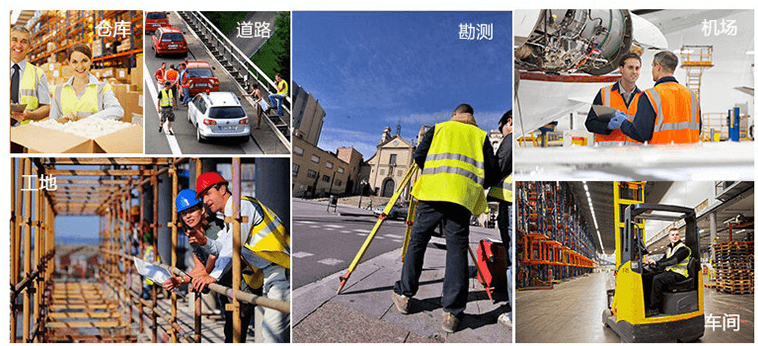
Anti-Falling Gear (PPE)
Used to prevent fall accidents. There are mainly seat belts, safety ropes and safety nets.
Skin Care Products (PPE)
Used for the protection of exposed skin. Divided into skincare cream and detergent.
